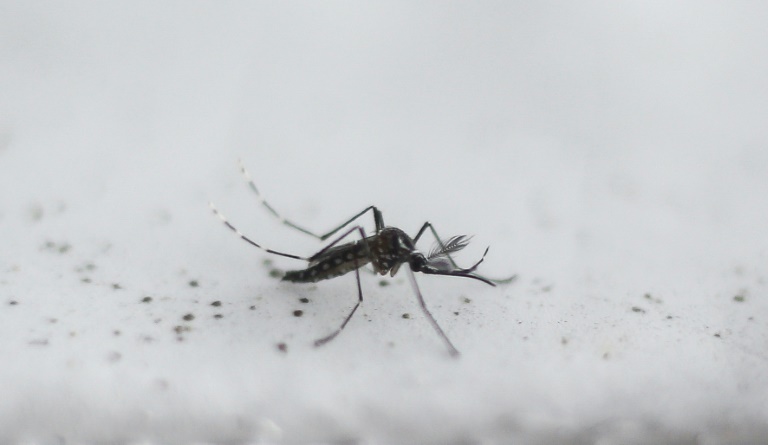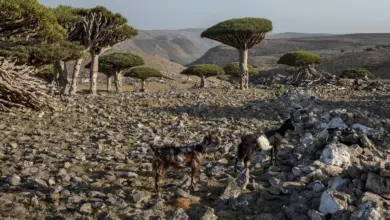
Mosquito larvae have been observed ingesting microplastics that can be passed up the food chain, researchers said Wednesday, potentially uncovering a new way that the polluting particles could damage the environment.
Microplastics — tiny plastic shards broken down from man-made products such as synthetic clothing, car tires and contact lenses — litter much of the world’s oceans.
Hard to spot and harder to collect, they can seriously harm marine wildlife and are believed to pose a significant risk to human health as they move through the food chain and contaminate water supplies.
Now researchers of the University of Reading believe they have proof for the first time that microplastics can enter our ecosystem by air via mosquitoes and other flying insects.
The team observed mosquito larvae ingesting microscopic plastic beads — similar to the tiny plastic balls found in everyday cosmetic products — before monitoring them through their life cycle.
They found that many of the particles were transferred into the mosquitoes’ adult form, meaning whatever creatures then ate the flying insects in the wild would also ingest the plastic.
“The significance is that this is quite possibly widespread,” Amanda Callaghan, biological scientist at Reading and the lead study author, told AFP.
“We were just looking at mosquitoes as an example but there are lots of insects that live in water and have the same life-cycle with larvae that eat things in water and then emerge as adults.”
The animals known to eat such insects include several species of birds, bats and spiders, all of which are hunted in turn by other animals.
“It’s basically another pathway for pollution that hadn’t been considered previously,” Callaghan said.
Although the team observed the mosquitoes in lab conditions, she said it was “highly possible” the process was already happening in the wild.
Several countries including Britain have banned products containing microbeads, but Callaghan said the scale of the problem was still being discovered.
“It’s a major problem and those plastics already in the environment are going to be with us for a very, very long time,” she said.




